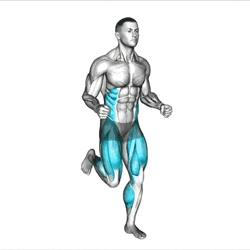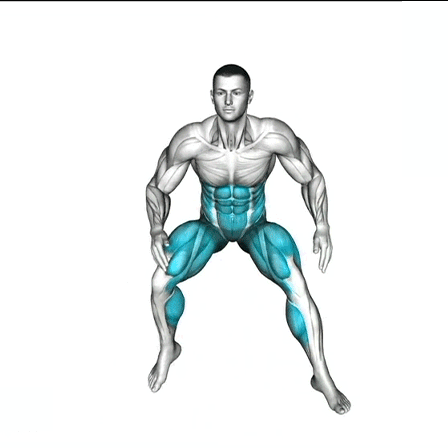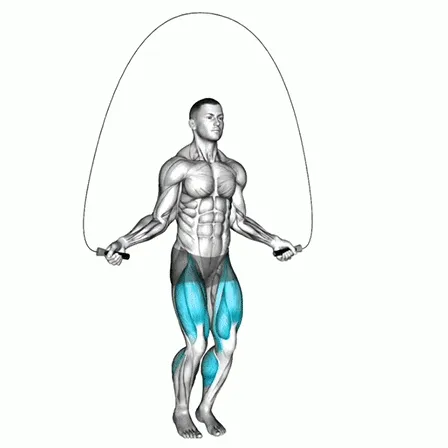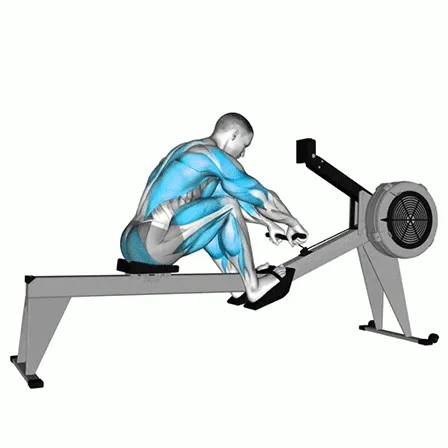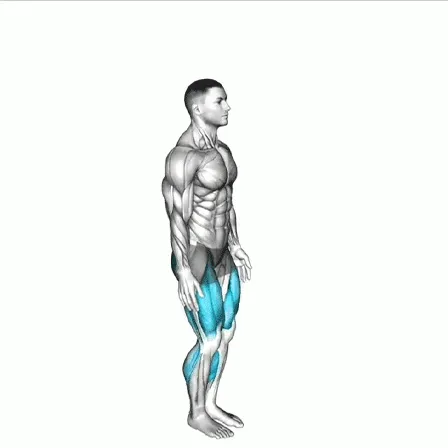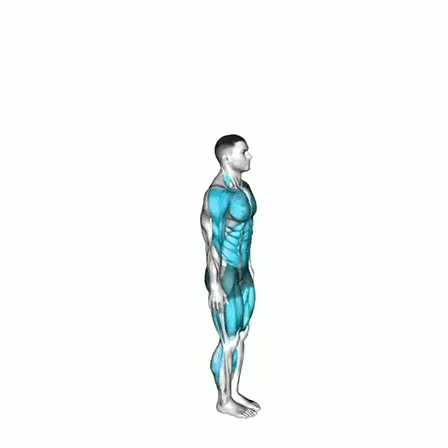Running: Tips for Efficiency and Endurance
Running is one of the most fundamental human movements, and in CrossFit, it plays a vital role in building both endurance and explosive power. Whether you’re sprinting 200 meters as part of a workout or pushing through a mile run during a WOD, running with efficiency and proper form will not only improve your performance but also reduce your risk of injury.
This guide covers form, pacing, drills, footwear, mobility, nutrition, and mental strategies so you can run faster, last longer, and recover better.
Running Form Essentials
Posture
-
Keep your torso upright with a slight forward lean from the ankles, not the waist.
-
Avoid slouching to reduce strain on your back and hips.
Arm Swing
-
Keep elbows bent at 90 degrees.
-
Swing arms naturally without crossing them in front of your body to maintain rhythm and efficiency.
Foot Strike
-
Aim for a midfoot strike instead of heavy heel landings or running on your toes.
-
This creates a smoother stride and reduces impact on the joints.
Stride
-
Opt for shorter, quicker strides instead of long, bounding steps.
-
Helps conserve energy and reduces fatigue during long workouts.
Breathing
-
Stay relaxed and use deep, controlled breaths.
-
Try a 2:2 rhythm (inhale for two steps, exhale for two) for steady oxygen flow.
Pacing and Energy Management
In CrossFit, running is often paired with high-intensity exercises like burpees, thrusters, or kettlebell swings. Managing your pace is crucial:
-
Interval Runs & Sprints: Push for speed but stay technically sound.
-
Longer Runs: Choose a consistent pace you can maintain through the entire workout.
-
MetCon Runs: When combined with strength or skill work, pace yourself to save energy for transitions.
Warm-Up Before Running
A proper warm-up prevents injuries and prepares your body for intensity.
-
Dynamic stretches: Leg swings, hip circles, and walking lunges.
-
Activation drills: Glute bridges, high knees, or light jogging.
-
Mobility work: Focus on hips, hamstrings, and ankles for smoother movement.
Strength and Endurance Training for Runners
Running in CrossFit isn’t just about mileage — it’s about building the right muscles.
-
Squats & Lunges: Improve lower body strength and mobility.
-
Box Jumps: Build explosive power.
-
Deadlifts & Kettlebell Swings: Develop strong hips and hamstrings for better posture and stride.
CrossFit-Specific Running Drills
-
Interval Running: 400m repeats with rest; builds speed and stamina.
-
Sprints: Max effort over 100m to train explosiveness.
-
Mixed Movements: Combine running with burpees, push-ups, or box jumps to simulate WOD demands.
Footwear for CrossFit Running
-
Cross-trainers: Provide balance between stability for lifts and cushioning for running.
-
Lightweight shoes: Good for sprints and short intervals.
-
Fit and versatility matter more than brand—pick shoes that support both lifting and running.
Recovery and Mobility
Running in CrossFit can be taxing on the body. Prioritize:
-
Foam rolling and stretching for hips, hamstrings, and calves.
-
Active recovery days with low-intensity movement.
-
Consistent hydration and nutrition to refuel muscles.
Mental Toughness
CrossFit running often tests mental strength as much as physical.
-
Break distances into smaller chunks (e.g., think of 800m as 2 × 400m).
-
Focus on your breathing rhythm to stay calm under fatigue.
-
Push through discomfort with good form instead of muscling through sloppily.
Common Mistakes to Avoid
-
Overstriding or heavy heel strikes.
-
Crossing arms in front of the body.
-
Starting too fast and burning out mid-run.
-
Skipping warm-ups or cooldowns.
-
Ignoring hydration and recovery.
Running in CrossFit is not just about covering distance—it’s about doing so efficiently, with endurance, power, and technique. By focusing on posture, pacing, and mobility, you can run faster, recover quicker, and perform better in WODs.
Consistency is the key. Over time, blending interval training, strength work, and smart recovery will help you unlock greater running efficiency and stamina, both inside and outside the box.
